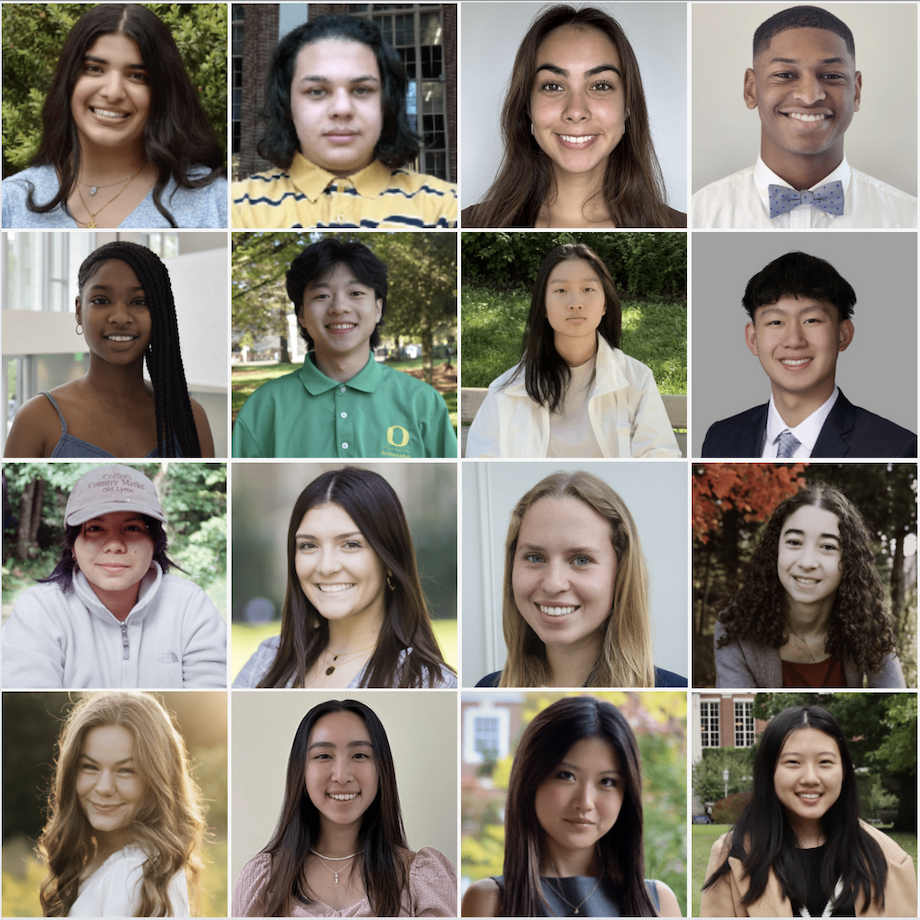The Common Fund’s Cellular Senescence Network (SenNet) Program was established to comprehensively identify and characterize the differences in senescent cells across the body, across various states of human health, and across the lifespan. SenNet will provide publicly accessible atlases of senescent cells, the differences among them, and the molecules they secrete, using data collected from multiple human and model organism tissues. To identify and characterize these rare cells, SenNet will develop innovative tools and technologies that build upon previous advances in single cell analysis, such as those from the Common Fund’s Human Biomolecular Atlas Program. Lastly, SenNet aims to unite cellular senescence researchers by developing common terms and classifications for senescent cells.
New Members: Please make sure you register for an account on SenNet and direct all questions to [email protected].
You can also visit our Frequently Asked Questions page.
SenNet’s Tribute to Dr. Judy Campisi
SenNet remembers the exceptional life and work of senescence researcher Dr. Judy Campisi. This video features a tribute to Dr. Campisi from her fellow researcher and friend, Dr. Pankaj Kapahi.
Dr. Judy Campisi was one of the greatest pioneer and innovators in our field. Beyond her groundbreaking scientific contributions, she was a beacon of unwavering strength and remarkable grace. Judy’s legacy as both an extraordinary individual and a luminary scientist leaves an indelible mark on us all.
In tribute to her enduring influence, we are honored to inaugurate the “Campisi Lecture Series” which will feature keynote lectures at SenNet Consortium meetings.
Our thanks to Pankaj Kapahi, Simon Melov, and Birgit Schilling for their friendship and support in making this tribute.
Consortium Undergraduate Student Program
The Consortium Undergraduate Student Program is a summer research internship program for undergraduate students hosted by laboratories participating in the NIH Common Fund’s Cellular Senescence (SenNet) Program.
SenNet is very excited to welcome the 2024 CUSP student cohort, all of whom will be interning at SenNet laboratory sites in Summer 2024! Get to know the incoming CUSP students here.
If you’re interested in applying to a future CUSP cohort, please view our CUSP overview video, which features interviews with our very first CUSP cohort as they detail their experiences in the program.
For more information on CUSP, either visit the CUSP homepage or contact [email protected].

The SenNet Interview Series
The SenNet Interview Series is an anthology of video interviews profiling the researchers contributing to the SenNet Consortium. In these interviews, scientists offer candid insights into their ongoing senescence research, initiatives within the Consortium, and the ways in which SenNet functions as both a community and a resource for senescence researchers across the U.S.
The scientists interviewed discuss their backgrounds and what initially drew them to the field of senescence research. They also share their learned experience for junior investigators and students interested in this field.
All published interviews can be watched here.
Consider subscribing to our YouTube page to be notified as soon as new interviews go live.
News
Akoya Biosciences launches an imaging contest–submissions are due by May 31, 2024. To enter the contest, click here.
The NIH Common Fund is requesting research applications (RFA-RM-24-006) encouraging the use of Common Fund data. To be eligible, the proposed research must substantially leverage data from at least two Common Fund programs (a full list of eligible Common Fund data sets is listed in the Notice of Funding Opportunity). Applications are due June 27, 2024 by 5:00 PM local time of the applicant organization. More information can be found on the Common Fund Data Ecosystem website.
The CUSP 2024 cohort has been announced! Click to learn about our incoming students.
The Common Fund Data Ecosystem Public Webinar Series will take place on 4/26/24.
Pitt’s high-performance computing upgrade signals accelerated translational research.
Computer hardware gift from Dell enhances SenNet Consortium research infrastructure.
The 2024 scverse Hackathon in Boston, MA is accepting applicants until March 24.
SenNet remembers Dr. Judith Campisi (1949-2024).
The SenNet Spring Meeting site is now live: click to register to attend and book your hotel room.
The 6th release of the Human Reference Atlas (HRA) is now available via https://humanatlas.io/. See details on what data, tools, training materials were updated/added in the Release Notes at https://humanatlas.io/release-
Kaggle Competition Launched: “SenNet + HOA – Hacking the Human Vasculature in 3D”
HTAN Jamboree & HuBMAP Jumpstart Program
Collection of Articles Reports Advances in Building Cellular Organization Maps of the Human Body
NIH launches program to map a rare type of non-dividing cells implicated in human health and disease
Molecular Atlas of Senescent Cells Could Chart Way to Therapies for Age-Related Diseases and Cancer
Pitt teams tapped to develop ‘Google Maps’ of cells important in aging
$125 Million in Grants to Study Cellular Aging to Be Coordinated from Pittsburgh
CMU CompBio Researchers Take Leading Roles in NIH SenNet Program
Buck Institute awarded $12.7 million from NIH to join SenNet, Cellular Senescence Network
$7.5 million to study elusive cell type important in aging, cancer, other diseases
Senescent Cell Tissue Mapping Will Facilitate Study of Aging and Chronic Diseases
